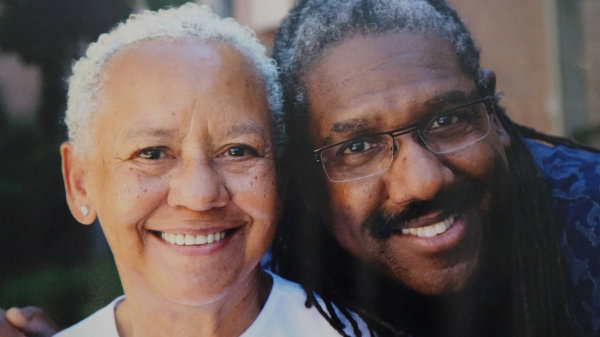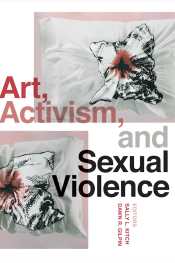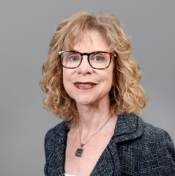ASU faculty bring awareness to sexual violence through creative works
According to the United Nations, sexual violence is a global health pandemic.
“It affects every kind of person, every kind of workplace and domestic space, and every level of society,” says Sally Kitch, University Professor and Regents Professor of women's and gender studies at Arizona State University.
That’s one of the themes of a new book released this march, which is co-edited by Kitch and Dawn Gilpin, associate professor in the Walter Cronkite School of Journalism and Mass Communication.
“Art, Activism, and Sexual Violence,” for which Kitch and Gilpin are also contributing authors, “hopes to demonstrate the power of art to express the harms caused by sexual violence and to counteract them.”
ASU News spoke with Kitch and Gilpin to learn more.
Editor's note: Answers have been edited for length and clarity.
Question: What are the themes or messages conveyed in this book?
Sally Kitch: The book has multiple themes and offers multiple messages. They include:
• Sexual violence is more about power than about sex. Sex is weaponized to enforce gendered expectations and hierarchies. ... Ninety percent-plus of sexual violence is committed by men against women or people perceived to be feminine, including gay men.
• The COVID-19 pandemic lockdown reinforced the relationship between male disappointment and constriction … and female victimization by sexual violence and coercive control.
• The emotional effects of sexual violence victimization can last a lifetime.
• The works discussed and displayed in this volume … demonstrate art’s ability to articulate, explore, complicate and signify the impact of sexual violence.
Related event:
'Art Combatting Sexual Violence'
4–6 p.m. Thursday, April 4
Ross-Blakley Hall, Tempe campus
Q: Were there any challenges or obstacles you faced while writing this book?
Dawn Gilpin: Trying to find contributors to represent the broadest range of artistic genres and circumstances. With a subject matter as complex and pervasive as sexual violence, it is impossible to address every situation, but we wanted to be as inclusive as possible. We’re quite proud of the roster of artists and authors we have managed to assemble, but we also felt the need to include a chapter specifically addressing some of the gaps within it.
Q: Who is your target audience, and what do you hope they take away from this book?
Kitch: "Art, Activism, and Sexual Violence" will appeal to scholars and students from a wide range of fields.
Interdisciplinary scholars … will appreciate the volume’s integration of the humanities, social sciences and arts appropriate to their approaches to compelling social challenges. … Scholars and students of criminology, law, political science, social work and mass communication will find the volume’s consideration of sexual violence in the context of art both refreshing and beneficial, as sexual violence is so often mediated by solely legal and political frameworks or discussed sensationally by the media.
Because of the book’s blend of art and activism, it will also interest women’s rights proponents and policymakers working to prevent and address the scourge of sexual violence in societies around the world. Readers interested in contemporary activist art across many genres will also find the book useful.
Q: What advice would you give to aspiring writers?
Kitch: As I began my academic career teaching writing, and even published a composition textbook, I am especially serious about writing as a way to understand the world, and even our own ideas. It is truly the case that writing helps us know what we believe or understand. Writing opens the brain and deepens its function.
Gilpin: Writing is one of the most challenging activities we can engage in. The process requires us to clarify our thoughts and develop arguments, engage deeply with ideas and struggle to find the precise language to express them. The work pays off, but anyone who has tried to write knows it can sometimes be hard to get started, and harder to keep going. I am a big fan of the messy first draft, allowing thoughts to flow onto the page. There is always time to worry about editing later. The shortest path to the writing graveyard is to let our inner editor’s voice take over too soon.
More Arts, humanities and education

School of Social Transformation faculty member assumes new title with NSF
School of Social Transformation faculty member and Founding Executive Director of the Center for Gender Equity in Science and Technology (CGEST) Kimberly Scott is accepting a new position…

ASU's Neal Lester reflects on life, death of poet Nikki Giovanni
When Neal Lester heard on Monday that poet and activist Nikki Giovanni had died, the news hit hard.Lester, the founding director of Arizona State University’s Project Humanities and a Foundation…

Learning by stepping outside
By Adriana MaestasAmid a world increasingly captivated by all things digital, more than 200 Arizona teachers have crafted immersive educational experiences that nudge students to step away from their…


